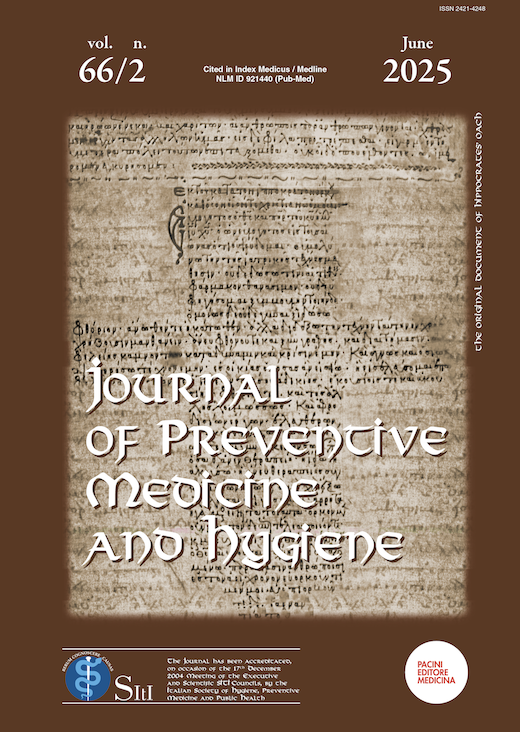Abstract
In 2024, a total of 151 Zika virus disease (ZVD) cases were reported in India (from Maharashtra, Karnataka, and Gujarat States). Maharashtra reported 140 cases (125 cases from Pune), Karnataka 10 cases (7 cases from Bengaluru) and Gujarat 1 case (1 case from Gandhinagar) respectively. No case of microcephaly or Guillain-Barre syndrome (GBS) associated with this outbreak was reported.1
India reported its first Zika case from Gujarat State in 2016. Since then, many other States namely Tamil Nadu, Madhya Pradesh, Rajasthan, Kerala, Maharashtra, Uttar Pradesh, Delhi, and Karnataka have reported cases subsequently, but no ZIKV-associated microcephaly has been reported. Aedes mosquito density in India varies by season and location, with the highest densities occurring during the monsoon and post-monsoon seasons.1
The Zika virus disease is usually mild and requires no specific treatment. The most common symptoms are mild fever, skin rash, headache, muscle and joint pain and inflammation of the underside of the eyelid. These symptoms normally last for 2-7 days.2
In India, Zika outbreak occurred in 2017 and in July 2021 one laboratory-confirmed case was also reported in Kerala state. One study was conducted to assess any positivity in field-collected mosquitoes for ZIKV and DENV during 2016–2021. Mosquito samples were received from 4 Zika affected citites, whereas samples were collected from Delhi. Out of 2346 pools, 4 pools for ZIKV, and 23 pools for DENV were found positive. ZIKV positive pools were from Jaipur (3 pools) and Kanpur (1 pool). 10 localities of Delhi were found positive for DENV. It was observed that the maximum positivity rate for both viruses were found in September–October.3
Another study showed that the lower attack rate of ZIKV in children than in adults will hasten the emergence of a population that will be fully susceptible to infection. Even with lifelong immunity, children aged 0–14 years will become entirely susceptible by 2031 and 15–29 year olds by 2046. In future outbreaks, the attack rate will then be highest amongst 15–29 year olds, including women who will be at risk of ZIKV infection in pregnancy.4
With the limited data available, it is seen that ZVD cases are rising and vary regionally across different states. The difference can be due to variation in number of tests done in all regions (state and city) due to different reasons. Hence, samples should be homogenously taken from different region including from hard to reach areas for understanding better picture. The case load appears to be underreported because asymptomatic infection and unreported illness are generally not taken into consideration, overlapping symptomatology of ZVD with dengue and chikungunya, and different level of health care providers’ awareness about the disease. Rising number of ZVD in India and future possibility of increased susceptibility among children and young adults mandates continuous monitoring, surveillance and use of preventive measures.
References
Zika virus disease – India. Accessed April 30, 2025. https://www.who.int/emergencies/disease-outbreak-news/item/2025-DON549
Zika virus disease - India. Accessed April 30, 2025. https://www.who.int/india/health-topics/zika
Akhtar N, Gupta SK, Singh H. Surveillance of Zika and Dengue viruses in field-collected Aedes aegypti mosquitoes from different states of India. Virology. 2022;574:96-101. doi:10.1016/j.virol.2022.07.004
Counotte MJ, Althaus CL, Low N, Riou J. Impact of age-specific immunity on the timing and burden of the next Zika virus outbreak. Carvalho MS, ed. PLoS Negl Trop Dis. 2019;13(12):e0007978. doi:10.1371/journal.pntd.0007978

